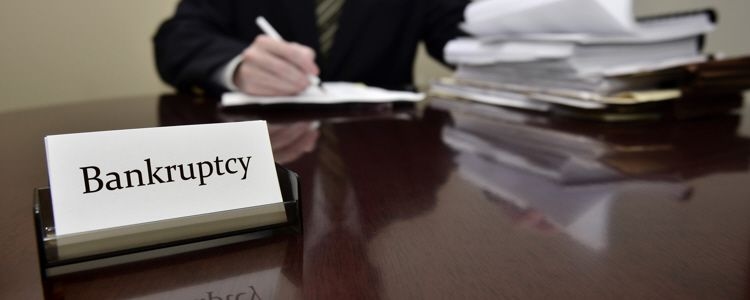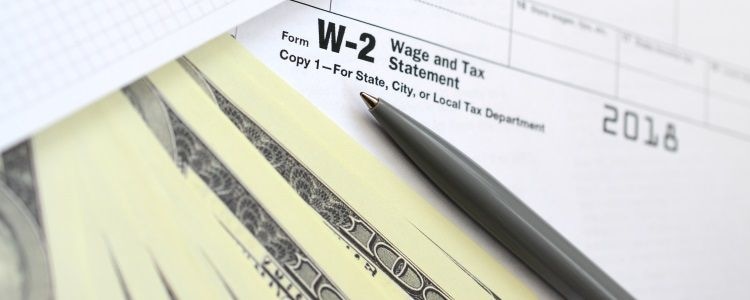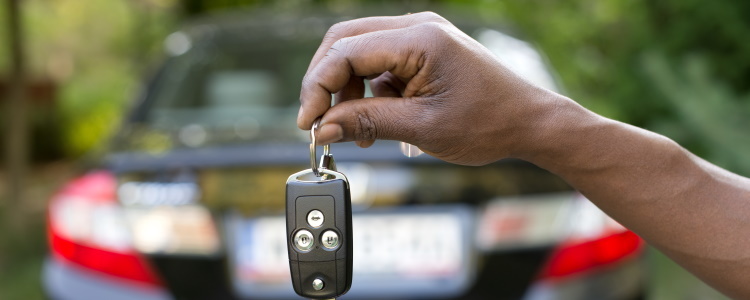If a consumer can no longer afford their car payment, they may choose to voluntarily surrender the vehicle. Or, if they've missed too many payments, the lender might repossess the car. If either of these things happen, there's a good chance that the consumer will still owe money on the loan.

Even if the lender sells the repossessed or surrendered car at auction, the selling price may not cover the entire loan balance. If it doesn't, the amount left over is called a car loan deficiency, and it is typically billed to the consumer. There could also be repo and storage fees included in this bill.
Of course, it stands to reason that if someone couldn't make their car payment, they won't be able to cover the cost of a car loan deficiency. So, instead of getting sued by the lender and having to deal with a garnishment, levy or lien, they might opt for bankruptcy.
Should You File for Bankruptcy to Eliminate a Car Loan Deficiency?
If a consumer purchases a brand new car that depreciates in value quickly, it may not take them long to get "upside down" in the vehicle. This means that they owe more on their loan balance than the car is worth. In some cases, they might owe thousands of dollars more.
This is why some consumers who either forfeit their car or lose it through repo decide to file for bankruptcy (BK). They're already without a vehicle, so it may seem that the best they can do is eliminate the debt that's left behind.
And it is true that a bankruptcy filing can get rid of a car loan deficiency. Once a consumer files, the lender can no longer go after them for what they owe. The BK will also stop any lawsuit that has been filed against the bankruptcy filer. But if the lender has already obtained a judgment for a garnishment, levy or lien, it gets more complicated. Here, the consumer would have to file a special motion in order to have the action removed.
So, if someone owes a substantial amount of money on a car loan deficiency, it might be in their best interest to declare bankruptcy. This is especially true if the consumer is struggling with additional debt. However, the decision to file for either Chapter 7 or Chapter 13 BK should never be made lightly.
Bankruptcy is a major event that can disrupt lives and ruin credit. Therefore, before filing, a debtor should always make sure that the benefits will outweigh the consequences.
The Decision to File for Bankruptcy before Losing a Vehicle
If someone can't afford to make their payments but still wants to hold onto the car, bankruptcy may help. This person can file for Chapter 7 BK and then redeem their vehicle. This option allows them to pay the car's current value to the lender in one lump sum. When they do this, any deficiency balance is waived.
If the filer doesn't have access to enough cash to redeem the car, they can reaffirm their car loan. By doing this, they agree to keep making payments on the car in order to avoid repossession. They may also negotiate with the lender for a lower payment, a better interest rate or a loan balance reduction. The lender will probably recoup more of their money with this option vs. allowing the car to be surrendered.
Even if a BK filer doesn't want to keep the car, the bankruptcy can still offer protection. Surrendering a vehicle during bankruptcy usually means that the consumer can just walk away from the loan without having to worry about the deficiency.
Getting a Car Loan after Bankruptcy
If you've already gone through bankruptcy and need to finance a car, Auto Credit Express can help. We can match you with a local dealership that specializes in auto loans for post-bankruptcy buyers.
A bankruptcy can give you a chance to get a fresh start with your credit and finances. And successfully financing a car purchase can be the first step toward better credit. Our service costs nothing and comes with no obligations, so you have nothing to lose. Go ahead and fill out our simple and secure online auto loan request to get started today.


















